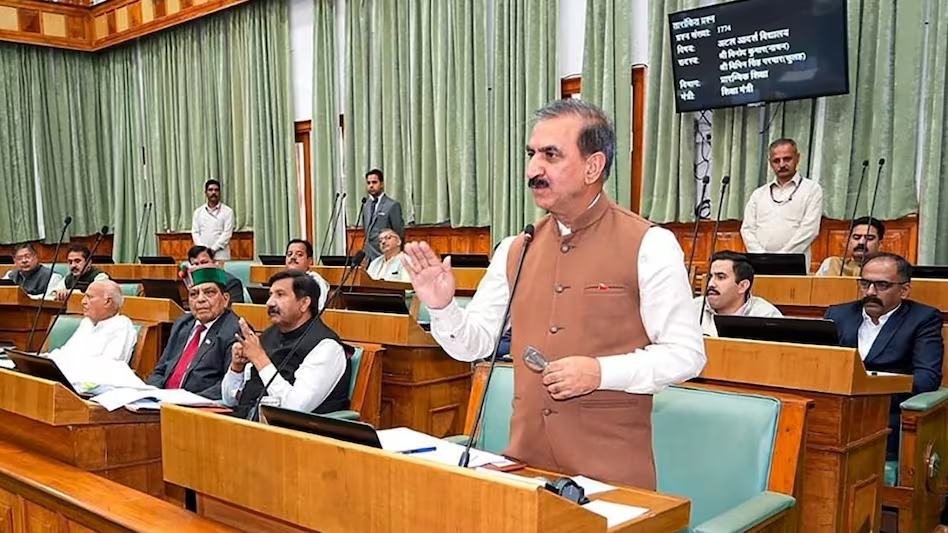- Courses
- GS Full Course 1 Year
- GS Full Course 2 Year
- GS Full Course 3 Year
- GS Full Course Till Selection
- Answer Alpha: Mains 2025 Mentorship
- MEP (Mains Enrichment Programme) Data, Facts
- Essay Target – 150+ Marks
- Online Program
- GS Recorded Course
- Polity
- Geography
- Economy
- Ancient, Medieval and Art & Culture AMAC
- Modern India, Post Independence & World History
- Environment
- Governance
- Science & Technology
- International Relations and Internal Security
- Disaster Management
- Ethics
- NCERT Current Affairs
- Indian Society and Social Issue
- NCERT- Science and Technology
- NCERT - Geography
- NCERT - Ancient History
- NCERT- World History
- NCERT Modern History
- CSAT
- 5 LAYERED ARJUNA Mentorship
- Public Administration Optional
- ABOUT US
- OUR TOPPERS
- TEST SERIES
- FREE STUDY MATERIAL
- VIDEOS
- CONTACT US
5 New Members In BRICS
5 New Members In BRICS
Context
The BRICS regional grouping has decided to add five new full members.
About BRICS:
- BRICS is an acronym for the grouping of the world’s leading emerging economies, namely Brazil, Russia, India, China, and South Africa.
- The grouping was formalized during the first meeting of BRIC Foreign Ministers’ in 2006.
- South Africa joined in December 2010 (BRICS).
About BRICS Expansion:
- In August,2023 during the 15th BRICS Summit held in Johannesburg the existing BRICS grouping had taken a significant step by inviting six new countries to join from January 1, 2024.
- These new invitees are Iran, Saudi Arabia, and the United Arab Emirates (UAE) from West Asia; Egypt and Ethiopia from Africa; and Argentina from Latin America.
- However, the new Argentinian President, Javier Milei announced that Argentina will not be a part of BRICS anymore.
Reasons for Expansion:
- To counter China's strategic move for global influence.
- Common goal and wider engagement with other nations.
- Anti-western sentiment and Global South unity.
Implications of Expanding BRICS Membership:
1. Economic diversity: enhancing the group’s overall economic strength and resilience.
2.Global influence: more influential globally, especially in trade, investment, and international affairs.
3. Regional representation: better representation of the interests and perspectives of diverse countries.
4. Enhanced cooperation: more cooperation in technology, innovation, and sustainable development, improving economic and social progress for the group.
5.New opportunities: collaboration in areas like infrastructure, energy, and culture, benefiting all the countries involved.
Challenges Facing BRICS and solutions
Challenges |
Description |
Solutions |
|
1.Economic Disparities |
Internal economic disparities, income inequality, and development gaps. |
Implement progressive taxation policies, promote inclusive economic development strategies and enhance social welfare programs and education. |
|
2.Political Divergence |
Differing political ideologies and priorities among BRICS nations challenge joint initiatives. |
Emphasis on diplomatic and cultural exchanges to foster understanding. |
|
3.Infrastructure Gaps |
Inadequate infrastructure in some BRICS countries. |
Invest in infrastructure development projects, focusing on key sectors like transportation, energy, and telecommunications. |
|
4.Security Concerns |
Security issues like terrorism and internal security concerns. |
Strengthen regional security cooperation via joint initiatives and intelligence sharing. Promote dialogue and conflict resolution mechanisms. |
Contribution of BRICS:
1. Economic Powerhouse: BRICS nations represent 40% of the world population and 25% of global GDP, playing a significant role in the world Economy.
2. Trade Growth: trade of more than $600 billion in 2022.
3. Geopolitical Influence: BRICS nations challenge traditional power structures and advocate a multi-polar world.
4. Infrastructure Development: The NDB, a joint effort by BRICS countries, funds vital infrastructure projects, promoting sustainable development.
5. Cultural Diplomacy: Cultural exchanges and connections between people strengthen understanding among BRICS nations.
5. Global Governance Reform: BRICS nations push for changes in global governance institutions like the UN, WTO etc.



